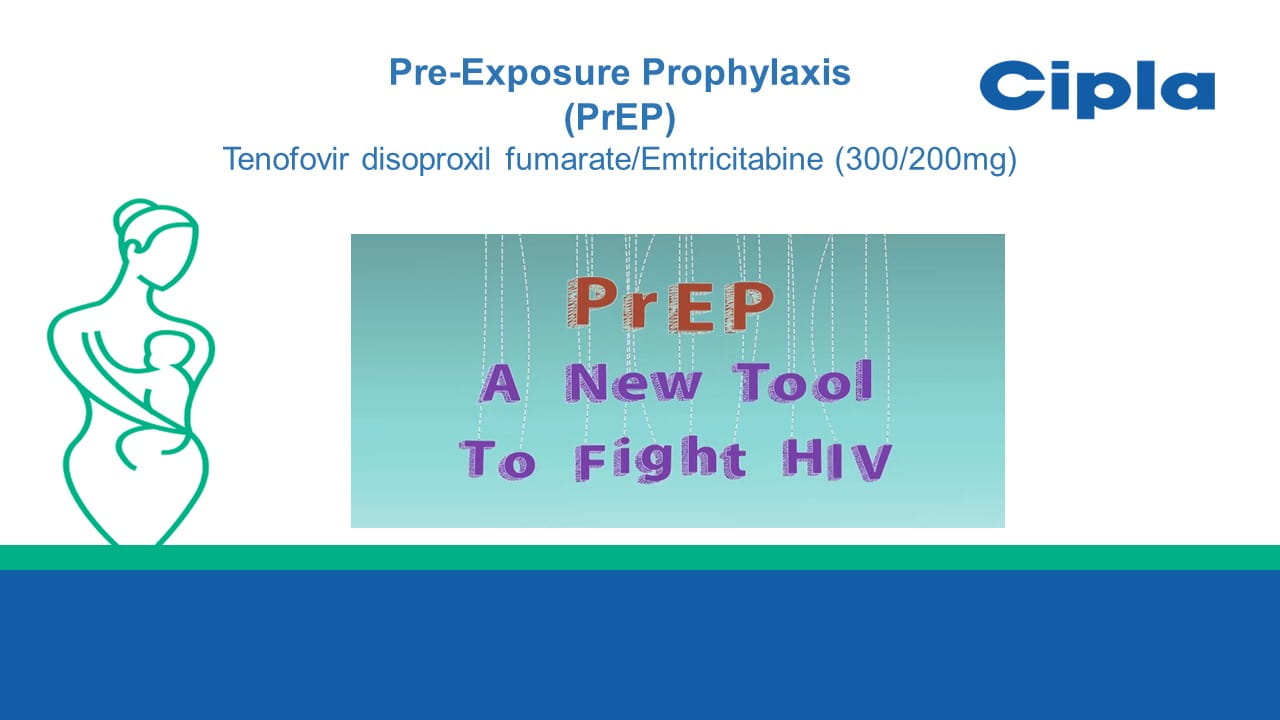AIDS 2024: Initial Evaluation of Injectable Cabotegravir (CAB-LA) Safety During Pregnancy in the HPTN 084 Open-Label Extension
Speaker: Sinead Delany – Moretlwe
The Human Immunodeficiency Virus Trials Prevention (HPTN) 084 study showed that long-acting injectable cabotegravir (CAB-LA) significantly reduced Human Immunodeficiency Virus (HIV) acquisition compared to daily oral tenofovir disoproxil fumarate/emtricitabine (TDF/FTC) in individuals assigned female at birth. During the randomized phase, participants used long-acting reversible contraception, and those who tested positive for pregnancy had their study product paused. Initially, safety data for CAB-LA during pregnancy were limited. Preclinical studies found no significant reproductive toxicity or effects on lactation and offspring development. Clinical data from treatment studies and the HPTN 084 blinded phase did not reveal major safety concerns. In the HPTN Open Label Extension (OLE), participants could choose between CAB-LA or TDF/FTC for pre-exposure prophylaxis (PrEP) with relaxed contraceptive requirements. Pregnant participants had the option to continue CAB-LA injections.
Following product choice, pregnant participants with prior or current CAB-LA exposure were offered enrollment in a pregnancy sub-study. They could either continue CAB-LA injections or switch to TDF/FTC. Participants attended monthly visits aligned with World Health Organization (WHO) and local antenatal schedules. At around 12 weeks, ultrasounds were performed for fetal biometry and gestational age estimation. Safety, weight, HIV assessments, and Sexually Transmitted Disease (STI) testing every six months were conducted at each visit. Birth plans were discussed to collect infant outcomes and growth parameters, with additional data from medical records. Neonatal surface examinations were done at 2-8 weeks post-delivery, while participants without cabotegravir (CAB) exposure had similar assessments on an eight-week visit schedule.
For the analysis, pregnancy was defined as the presence of two positive tests on two separate urine samples on the same day. As participants were no longer randomized, they were categorized into three groups based on their CAB-LA exposure: active CAB participants who received one or more injections during pregnancy, prior CAB participants who had received injections before but declined during pregnancy, and participants without any CAB-LA exposure during the trial or OLE. The groups were uneven, based on participant preference, and providers and participants were unblinded. Pregnancy incidence, maternal adverse events (including serious adverse events and grade two or higher adverse events), pregnancy outcomes (including spontaneous abortion, stillbirth, premature birth, or small for gestational age), and infant growth parameters were assessed. The outcomes were aligned with efforts to harmonize endpoints according to a WHO consensus process outlined in the toolkit.
From the start of the OLE to December 31, 2023, 367 confirmed pregnancies were observed, yielding an incidence of 12 per 100 person-years—four times higher than in the unblinded period and six times higher than in the blinded period. There were twice as many pregnancies in the OLE compared to before. Out of 2,472 participants in the OLE, 410 had recorded pregnancies, with 312 having reported outcomes, contributing 325 pregnancies to the safety analysis, including five multiple births. Pregnancies were used as the denominator for most analyses, while live births were used for infant outcomes. Two-thirds of pregnancies were in the active CAB group. The median age of participants receiving CAB during pregnancy was 28 years, with a median of two previous pregnancies and two live births. Fewer than 10% had no prior pregnancy history, and 25% or fewer had experienced poor previous outcomes. Up to 75% had a pre-pregnancy STI diagnosis, and the median Body Mass Index (BMI) was 27 kg/m².
Among active CAB participants, 9% initiated CAB injections during pregnancy, having received no injections prior. Most had three or more injections before pregnancy. The median interval between the last injection and the first positive pregnancy test was eight weeks, and the median number of injections during pregnancy was four. Maternal outcomes showed that approximately 18% of pregnancies in all exposure groups required cesarean section. Delivery-related complications occurred in 8 to 15% of pregnancies across groups, with the most common being non-reassuring fetal status, perineal tears, and postpartum hemorrhage. No maternal deaths or HIV infections were reported during pregnancy in any exposure group. Grade two or higher maternal adverse events were most frequent in the active CAB group, although confidence intervals overlapped with other groups. Grade two adverse events in the pregnancy system organ class were less than 10% in the CAB group. However, gestational hypertension was the most common pregnancy-related event, with rates comparable across all groups.
Maternal weight gain was highest in the active CAB group, averaging one kilogram monthly, with all gains within the expected ranges. Pregnancy outcomes showed most pregnancies ended in full-term births. Preterm births occurred in 1-7% of cases, stillbirths in under 4%, and spontaneous abortions in 13-31%. Spontaneous abortion rates should be interpreted cautiously due to varying pregnancy termination laws in HPTN 084 countries. Compared to background rates, these outcomes were consistent, with poor outcomes mainly due to spontaneous abortion. Infant outcomes were similar across groups. Of 23,223 live births, 70% were in the active CAB group. The median gestational age was 37-39 weeks, and the median birth weight was 3 kilograms. Less than 10% of infants were small for gestational age, lower than background rates. Four neonatal deaths occurred in the CAB group—one from an omphalocele and three from respiratory distress—deemed unrelated to PrEP, with a 2.5% death rate consistent with background rates.
In summary, maternal and infant outcomes were consistent across non-randomized groups and matched expected background rates. There were no maternal deaths or HIV infections due to pregnancy, and poor outcomes were similar across groups. CAB was generally well tolerated during pregnancy. Despite associations between Integrase Strand Transfer Inhibitor use and gestational hypertension or weight gain, no strong concerns were identified. The initial data reassure the use of CAB during pregnancy, especially in high pregnancy and HIV incidence populations. The HPTN OLE is ongoing, with continued safety monitoring due to the higher pregnancy incidence.
The 25th International AIDS conference (AIDS 2024). 22nd-26th July, Munich, Germany




